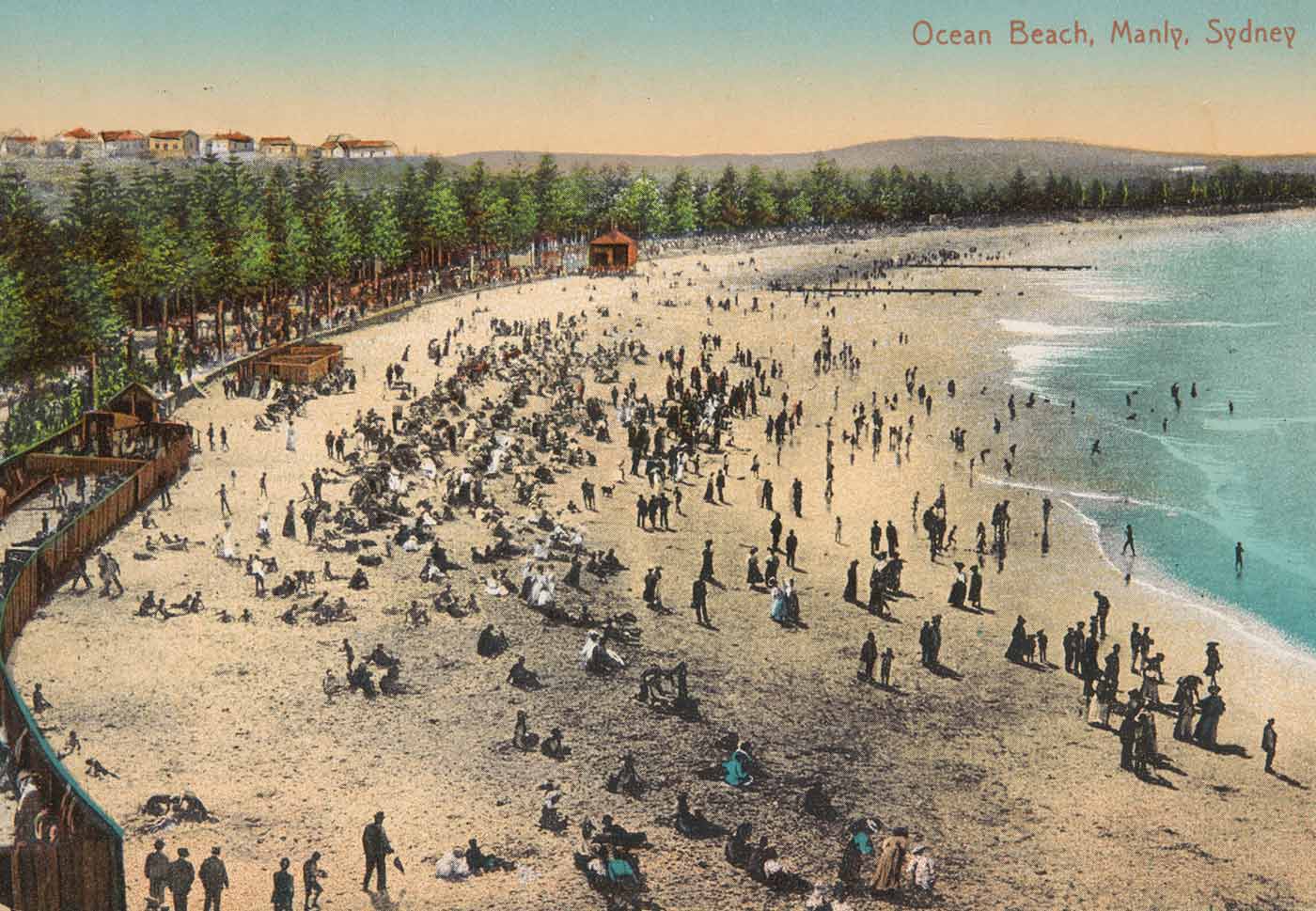Do you like receiving letters and postcards? At the National Museum of Australia we have lots of postcards and letters in our collection. Some of them go back to the 1800s.
Why not write a letter or a postcard to a friend or someone in your family.
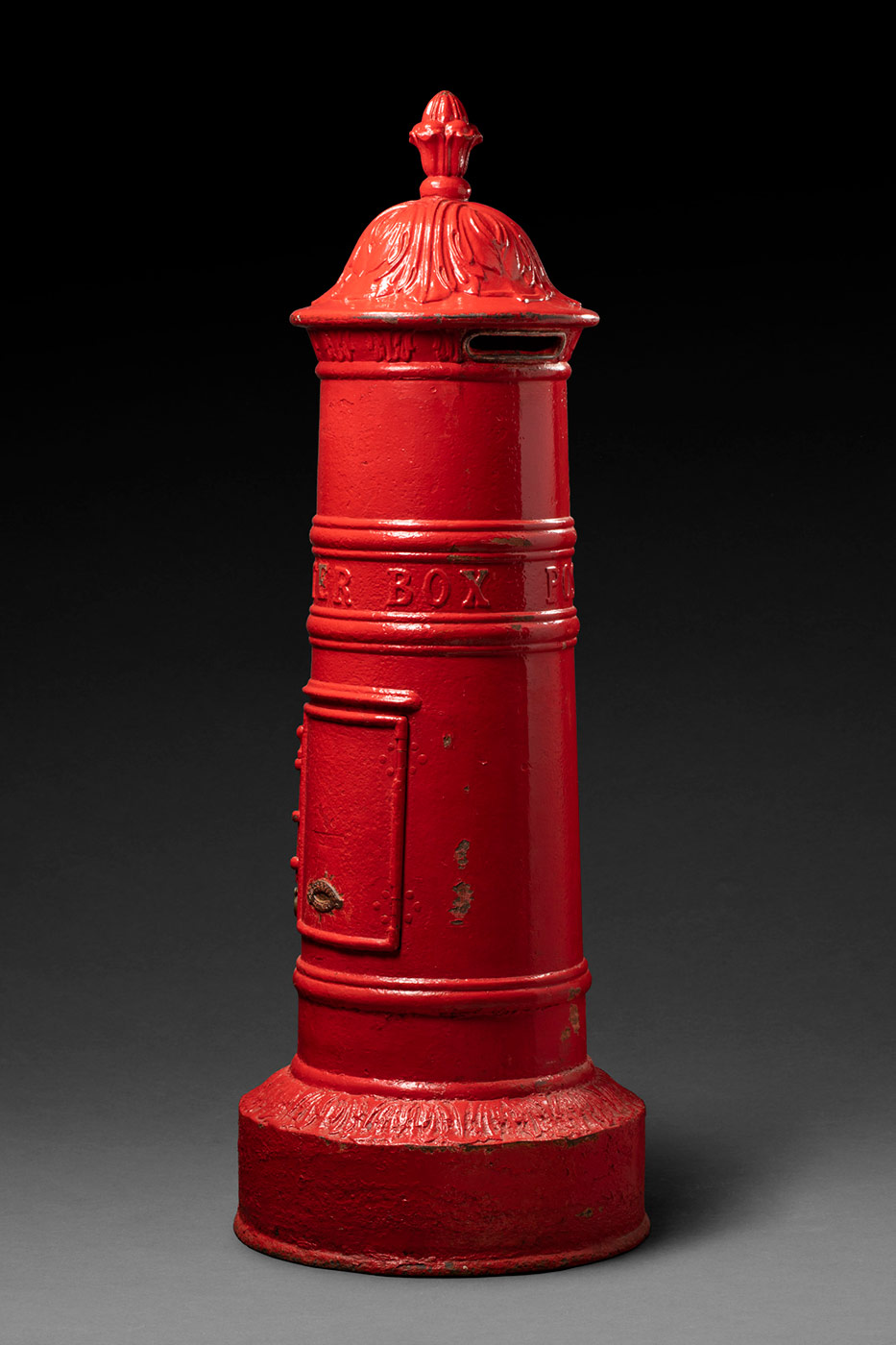
Did you know ...
During war times the army sent messages using pigeons with mini messages attached to their legs? Incredible!
Today the mail that is delivered by a postal worker is sometimes called ‘snail mail’. This is because it is slower than sending text messages or emails.
Even though it’s not as quick, it is delightful and special to receive a letter or a postcard in the mailbox.
Handwritten letters and postcards are treasured by the people who receive them. That’s why at the National Museum of Australia we have a very large collection of handwritten mail.
You can search our collection on Collection Explorer. Hint: search 'Dear Mum' or 'Dear Dad'.
How to create a letter or postcard
Let’s make a letter or a postcard to send to a friend or someone in your family.
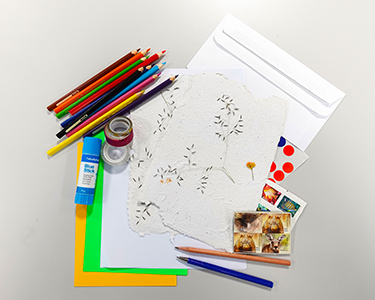
Skill level: ★ Medium – you may need an adult to help
Time: 40–60 minutes
Ages: 5 years and up
What you need:
- plain or coloured paper
- scissors (remember scissors are sharp, so ask an adult for help)
- glue or sticky tape
- pencils, pen or textas
- stamps for posting.
Step 1
- Plan your letter or postacrd. Who do you want to write to? What kind of letter or postcard do you want to make? What pictures or decorations could you add?
- Choose the size and type to start with:
- If you are making a postcard cut out a piece of card about the size of a postcard.
- If you are making a letter choose the paper – plain or coloured
- Gather your materials and start creating!
Step 2
- Write your message. You can practice on a piece of scrap paper.
- You might like to write about:
- you and your family
- what you have been doing
- what you are looking forward to
- what you can see out your window or front door
- a story about your pet.
- You can also include pictures or ask questions for the person to answer if they write back to you.
- When you are happy with your letter, write it on your paper or postcard.
- Don't forget to say goodbye! You could show your love by adding kisses, hugs or by drawing a silly picture like an emoji. Have you got a signature that you could add too?
Step 3
- Address the letter or postcard.
- Letters need to go in an envelope. You can make your own if you don't have any.
- Don’t forget you can decorate your envelope too. Remember to leave enough room for the address of your recipient.
- Here is what you need to address a letter or postcard:
- name of the person
- street address of the person
- suburb and postcode
- state or territory
- country (If sending overseas)
- Check with an adult if you have all the details. After all, you want the postal worker to know where to deliver it.
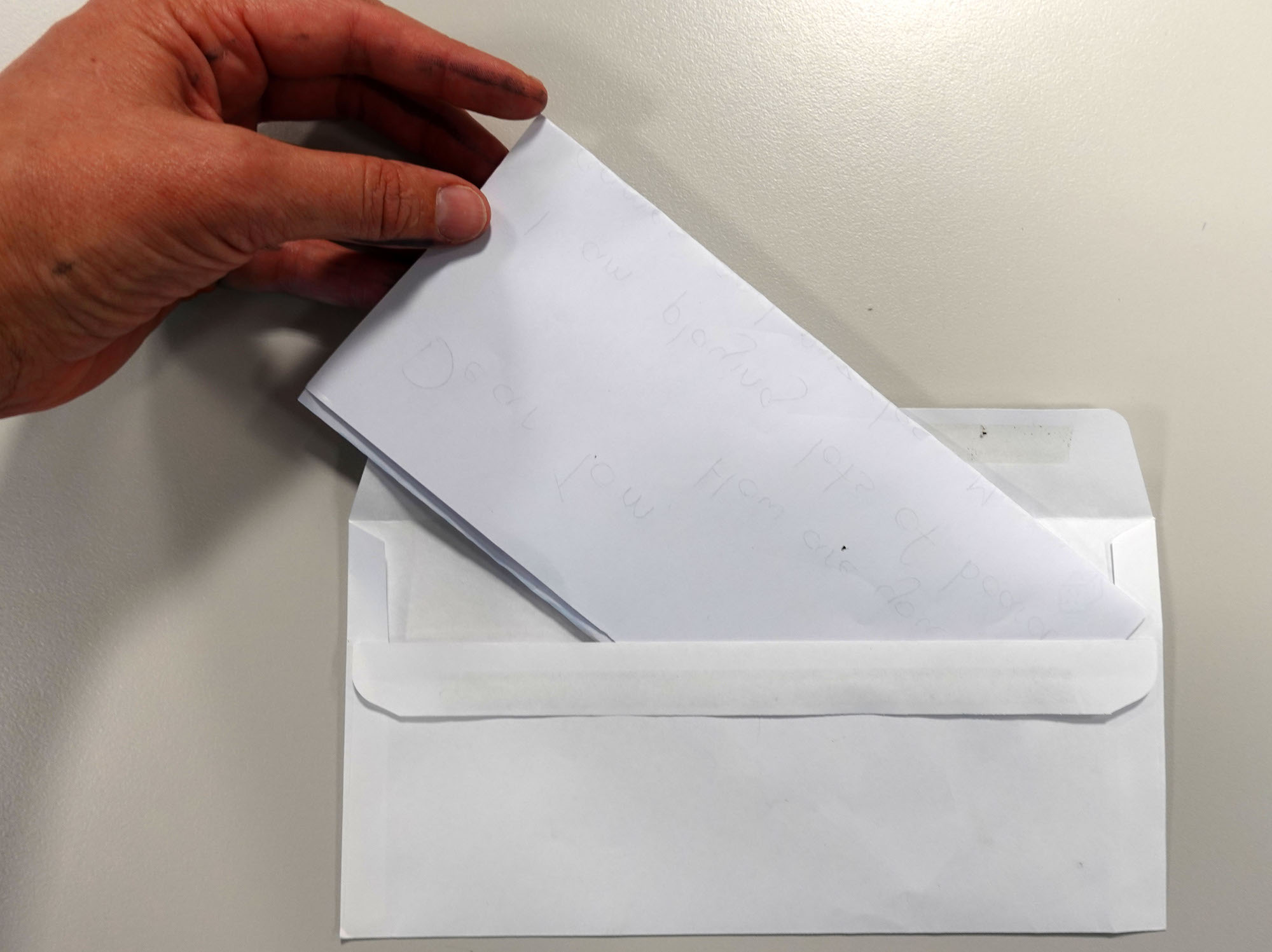
Step 4
- Put a stamp on your letter or postcard (check with an adult or the post office to make sure the stamp is the right one for your letter).
- Post your letter or postcard.
- Keep checking your mailbox for a return letter and have fun!
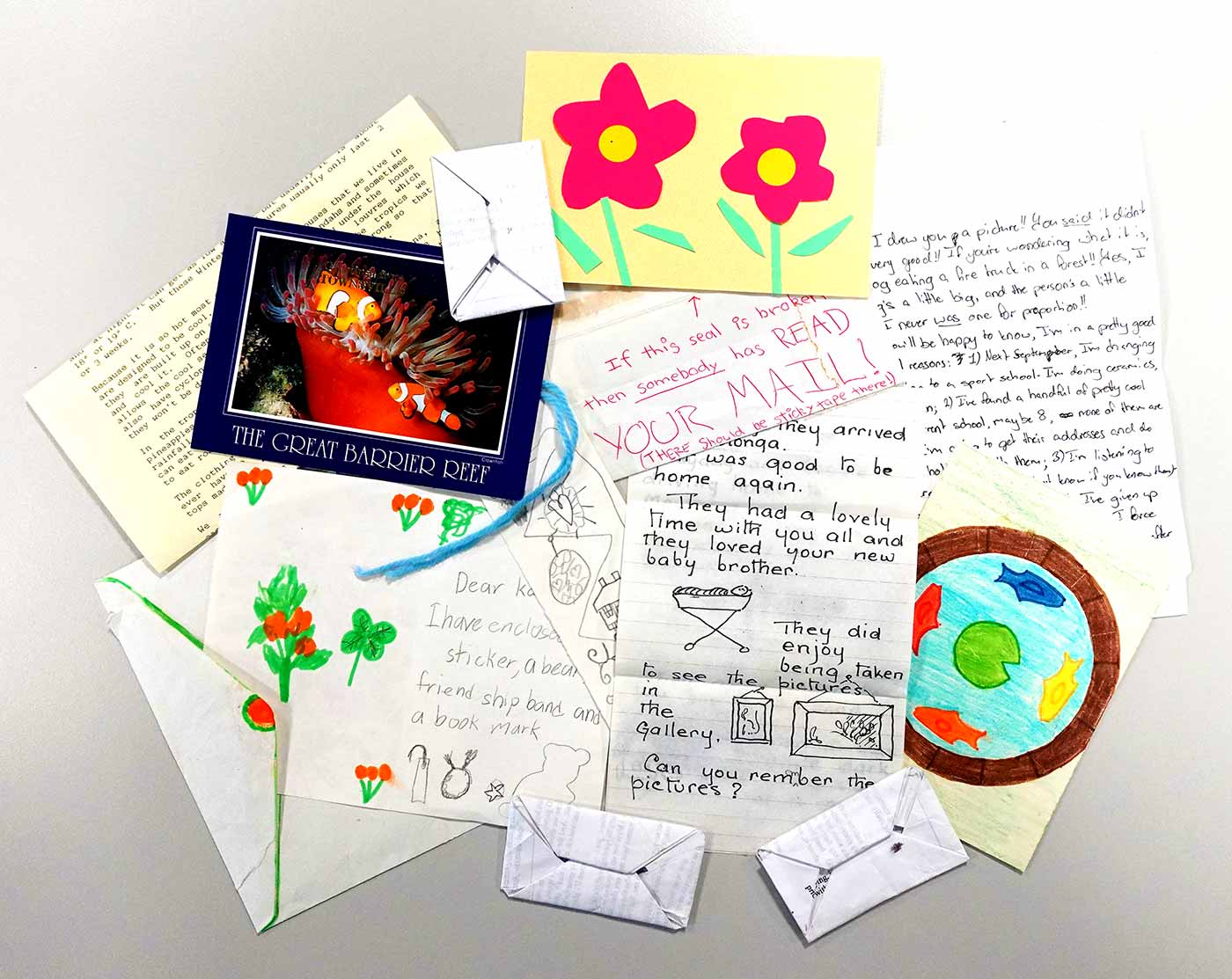
Share your creation
Here at the Museum we love getting letters. If you want to send us a letter our address is:
National Museum of Australia
Family Programs
GPO Box 1901
Canberra ACT 2601
Or share your creation with us by emailing a photo to: programs@nma.gov.au
